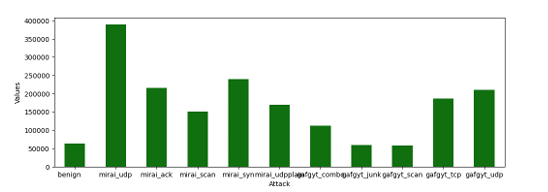Neutrosophic Set and Machine Learning Model for Identifying Botnet Attacks on IoT Effectively
Abstract
Botnet attacks, in which attackers utilize reciprocal communications between IoT
devices to undertake extensive harmful actions, are one of the most significant risks in WSNs. In
this sense, advancements in the realm of dependable and effective defenses against this kind of
threat—specifically, trustworthy techniques for detecting, recognizing, and thwarting botnet
attacks—are becoming more and more significant and pertinent. This work offers a thorough
analysis that successfully detects botnet assaults on the Internet of Things by using machine
learning techniques, including Random Forest and LSTM. These algorithms are examined,
contrasted, and demonstrated to be very successful in identifying intricate patterns suggestive of
botnet activity, leading to a notable enhancement in IoT security. The goal of the study is to help
solve the issue of WSN and IoT security in general. The neutrosophic set is used in this study to
overcome uncertainty information. We triangular neutrosophic model to select the best model.
The results show RF is the best compared to other models.
Downloads

Downloads
Published
Issue
Section
License
Copyright (c) 2025 Neutrosophic Sets and Systems

This work is licensed under a Creative Commons Attribution 4.0 International License.







